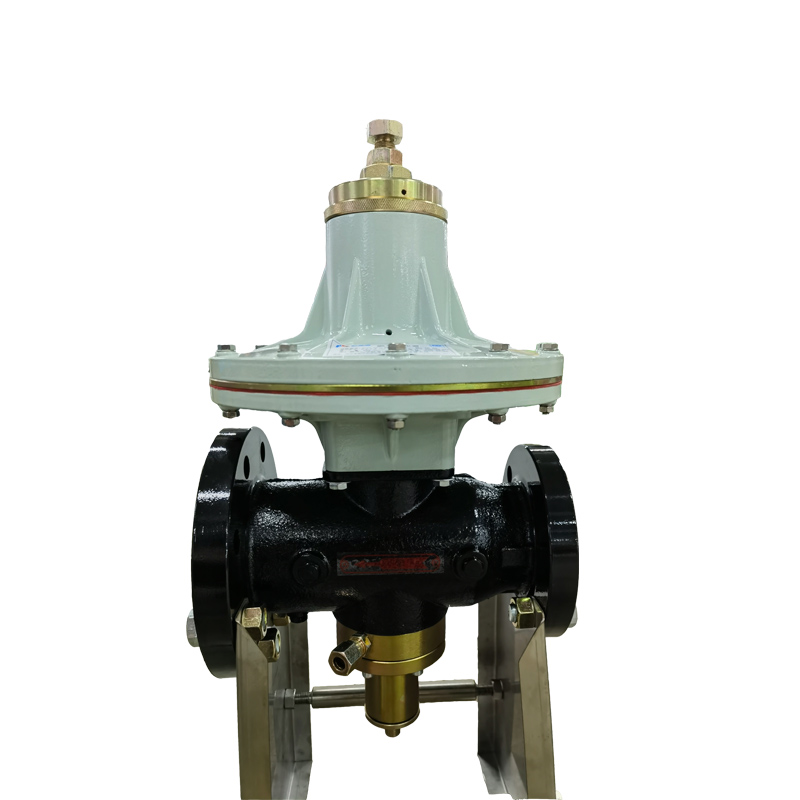
Dec . 22, 2024 18:38
Back to list
natural gas pressure reducer
Understanding Natural Gas Pressure Reducers Importance and Functionality
Natural gas is a critical energy source utilized in various applications, from residential heating to industrial processes. However, the pressure at which natural gas is delivered can vary greatly depending on its source and the network it travels through. This is where natural gas pressure reducers come into play, serving as essential devices that ensure the safe and efficient use of natural gas across different settings.
What is a Natural Gas Pressure Reducer?
A natural gas pressure reducer, also known as a pressure regulator, is a mechanical device designed to reduce the high pressure of incoming natural gas to a lower, more manageable level. These devices are crucial in maintaining a safe pressure range for both residential and industrial systems, preventing potential hazards associated with excessive pressure, such as gas leaks, equipment damage, or even explosions.
How Do Pressure Reducers Work?
The functioning of a natural gas pressure reducer is based on a simple mechanical principle. The device typically consists of a spring-loaded diaphragm mechanism. As high-pressure gas enters the regulator, it acts on the diaphragm, causing it to flex. This movement adjusts a valve, regulating the flow of gas and lowering its pressure before it exits the device.
Most pressure reducers are designed to maintain a constant outlet pressure, regardless of fluctuations in the incoming gas pressure. This stability is vital for appliances that rely on natural gas, as they often operate optimally within a specific pressure range. By ensuring that the gas pressure is consistently within this range, pressure reducers contribute to the safety and efficiency of gas-powered appliances, including furnaces, water heaters, and stoves.
Types of Natural Gas Pressure Reducers
Natural gas pressure reducers come in various types, each suited for specific applications and pressure ranges
natural gas pressure reducer

1. First-Stage Regulators These are typically used in high-pressure systems, dedicated to reducing gas pressure from the main supply line to an intermediate level. They are crucial for large-scale industrial applications where high volumes of gas are necessary.
2. Second-Stage Regulators Employed in residential and smaller commercial settings, these regulators take the output from first-stage regulators and further reduce the pressure to the levels required for consumer use.
3. Line Regulators These are designed for constant flow and rate applications, adjusting the gas flow for specific appliances efficiently.
4. Lock-Up Regulators These regulators maintain a set pressure, preventing backflow and ensuring that the system remains sealed, providing an additional layer of safety.
Importance of Regular Maintenance
While natural gas pressure reducers are engineered for durability and reliability, regular maintenance is essential to ensure their longevity and effective operation. Over time, dirt and debris can accumulate, affecting the performance of the regulator. Regular inspections, cleaning, and replacement of worn parts help maintain optimal function and safety.
Conclusion
Natural gas pressure reducers play a pivotal role in the safe application of natural gas across various sectors. By ensuring that gas pressure is regulated to appropriate levels, these devices not only protect appliances but also enhance the overall safety of gas systems. As natural gas continues to serve as a primary energy source worldwide, understanding and maintaining pressure reducers will be critical for consumers and industry professionals alike. Adopting best practices for their installation and maintenance can lead to improved efficiency, safety, and ultimately, a more reliable natural gas supply.
Latest news
-
Safety Valve Spring-Loaded Design Overpressure ProtectionNewsJul.25,2025
-
Precision Voltage Regulator AC5 Accuracy Grade PerformanceNewsJul.25,2025
-
Natural Gas Pressure Regulating Skid Industrial Pipeline ApplicationsNewsJul.25,2025
-
Natural Gas Filter Stainless Steel Mesh Element DesignNewsJul.25,2025
-
Gas Pressure Regulator Valve Direct-Acting Spring-Loaded DesignNewsJul.25,2025
-
Decompression Equipment Multi-Stage Heat Exchange System DesignNewsJul.25,2025

